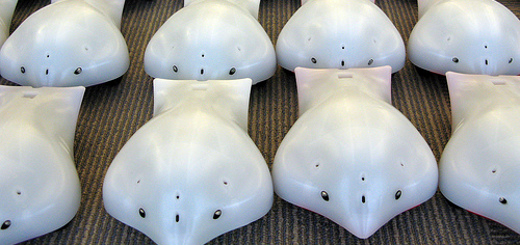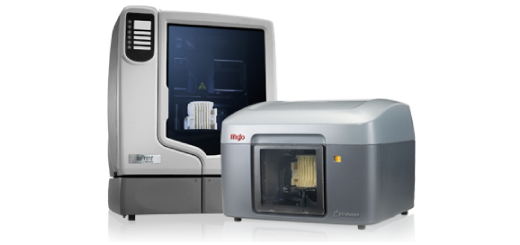NHTSA statement sheds light on automated vehicle policy
Yesterday, the U.S. National Highway Traffic Safety Administration released a preliminary statement of policy concerning automated vehicles. The statement says NHTSA is encouraged by the technologies being developed and wants to work with stakeholders to “chart a steady course forward.”
Proponents of automated vehicle technology should be encouraged as well, given the overall tone of the document. The agency calls the potential safety benefits of automation “enormous” and says the technology opens up “completely new possibilities for improving highway safety.” It also goes so far as to suggest that some level of automation may be mandated in the future, pending further research.
That isn’t to say NHTSA envisions self-driving cars on the road any time soon. Phase I research on automation will be conducted over the next two to four years, subject to available funds, before the agency even begins to release safety requirements. And for the time being, it does not recommend that states permit operation of self-driving vehicles for purposes other than testing.
However, NHTSA also acknowledges that our relationships to motor vehicles are likely to change in the next ten to twenty years “perhaps more than they have changed in the last one hundred years.”
Three different simultaneously developing technologies are discussed in the document: in-vehicle crash avoidance systems, vehicle-to-vehicle communications and self-driving vehicles. The agency sees these technologies as falling along a continuum of vehicle control automation, with the systems that are available today or nearly available acting as building blocks to the eventual release of a driverless car.
The 14-page document is worth reading in its entirety for a look at how the agency defines automation, an overview of its proposed research, and a list of recommendations to states for driverless vehicle operation, licensing and testing. It’s no longer a matter of “if” we will have driverless vehicles, it’s a matter of “when” — and this statement represents another step forward.
[ photo courtesy of Google ]



